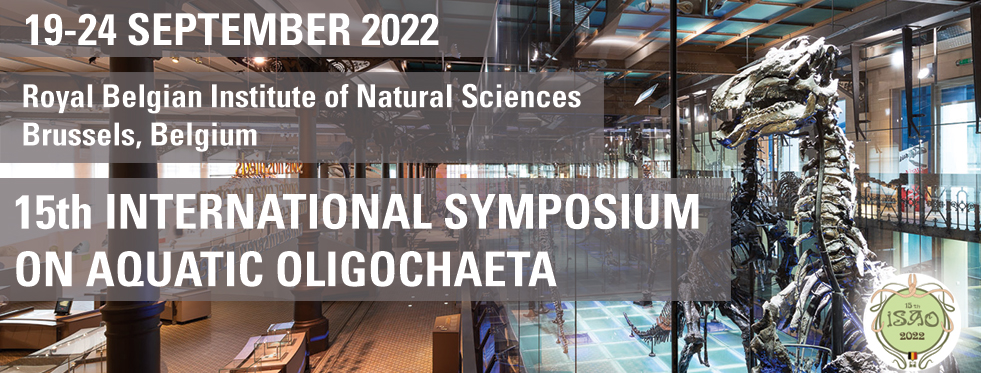Currently, there are 24 recognized species belonging to the genus Placobdella. The most remarkable diversity is observed in North and Central America. The Palearctic region remains very poorly studied, with only one described species; the type species of the genus: Placobdella costata Moore, 1953. However, the Palearctic species diversity is likely to increase soon as the classification of the genus continues to be refined, and new taxa are still being discovered and described. It was found recently that P. costata complex consists of at least five independent lineages, including the Tunisian-Algerian Placobdella clade, which potentially deserves to be considered as separate species based on COI locus. Here we present preliminary data about morphology and provide even more molecular markers (COI, 12S, 28S, and histone H3) of the newly discovered Tunisian-Algerian Placobdella. This species is diagnosed as belonging to the genus Placobdella based on the following synapomorphies: (1) placobdellid ocular morphology (one prominent pair of ocelli plus another smaller coalesced pair), (2) two pairs of compact salivary glands and (3) possessing of one pair of sac-like bacteriomes. It is worth noting that in North Africa, Placobdella costata were recorded previously by several authors; however, these records may refer to the new species presented herein. In fact, P. costata sensu lato was thought to be widely distributed in Tunisia and Algeria, and it was initially assigned to this taxon based on morphological criteria. The new species was compared with Ukrainian Placobdella costata sensu stricto and Polish P. costata specimens and can be distinguished morphologically and anatomically from its congeners by possessing both compact and diffuse salivary glands and also by the morphology of the atrium. Results of the Automatic Barcode Gap Discovery (ABGD) and the Bayesian implementation of the PTP model (bPTP) delimitation methods support the species rank of the Tunisian-Algerian Placobdella.

|
|
|
|
<i>Placobdella</i> n. sp. (Hirudinea: Glossiphoniidae), a new glossiphoniiform leech from North Africa
1 : Faculté des Sciences de Tunis, LR18ES41 Ecologie, Biologie et Physiologie des organismes aquatiques
2092, Université de Tunis El Manar, Tunis -
Tunisia
2 : Institute of Biology, Biotechnology and Environmental Protection, Faculty of Natural Sciences
University of Silesia in Katowice, Katowice -
Poland
3 : V. N. Karazin Kharkiv National University
* : Corresponding author
4 Maidan Svobody, Kharkiv 61022 -
Ukraine
|
 PDF version
PDF version
